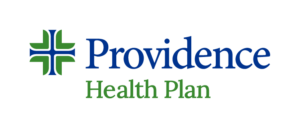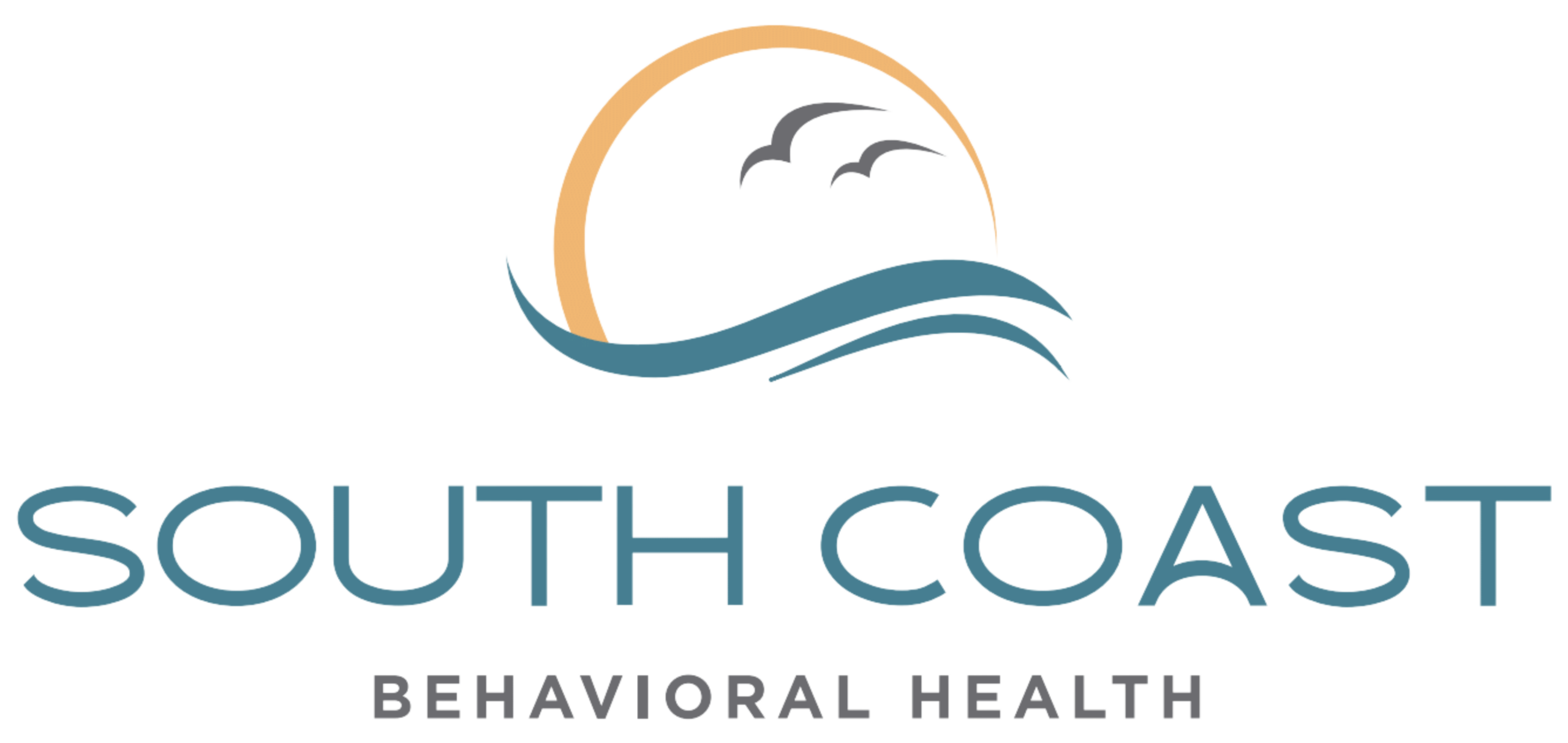Addiction is a growing problem in the United States. More and more people are suffering from substance use disorders and that means they’re looking for quality substance abuse treatment.
According to data from the Substance Abuse and Mental Health Administration, 46.3 million people aged 12 or older (or 16.5 percent) suffered a substance use disorder (SUD) in 2021.
That includes 29.5 million people with an alcohol use disorder, 24 million with a drug use disorder, and seven million with both.
The same data from 2014 (the earliest year on record) 21.5 million Americans aged 12 and older with SUDs. That’s a 115% increase in destroyed lives.
Addictive drugs ruin your body and mind, bring financial and legal problems, and cause professional ruin. Their damage doesn’t just stop at the individual but extends to family and friends as they are forced to deal with the fallout.
In this article, we’ll cover five most addictive drugs and how they can ruin your life.
What Are Addictive Drugs?
Addictive drugs are substances that can lead to physical and/or psychological dependence in individuals who consume them. When someone is addicted to a drug, they may feel compelled to keep using it despite harmful consequences to their health, relationships, and other aspects of their life.
Not all drugs are addictive – at least not in the sense of physical dependence. For example, hallucinogens, cannabinoids, dissociatives, and inhalants are not typically known for inducing physical dependence.
However, certain categories of drugs – particularly stimulants, depressants, and opioids, are significantly more addictive. And it’s important to note that misuse or abuse of any drug will carry at least some risk of addiction. The risk of addiction varies based on the substance, the frequency and method of use, individual genetics, mental health, and environmental factors.
Why Are Drugs Dangerous?
Drugs are considered dangerous for several reasons:
Physical Health Risks of Addictive Drugs
Drugs can bring physical health issues which compound the more you use the drug. For example, alcohol can cause cirrhosis of the liver, while smoking can lead to lung cancer and heart disease.
Many drugs can also lead to overdose, which can be fatal. Alcohol and opioid overdose can both cause respiratory depression, which can lead to death if not treated promptly.
Drugs can also cause lasting or permanent damage to the brain, affecting cognitive functions, memory, and emotional regulation.
Finally, there’s physical dependence. With regular use, the body may come to rely on the drug to function normally. Discontinuation can lead to withdrawal symptoms. In the case of alcohol withdrawal this can be severe or even life-threatening in some cases.
Mental Health Risks of Drug Use
There are a myriad of mental health risks to using drugs of abuse.
Prolonged drug use can exacerbate or trigger mental health conditions like depression, anxiety, or psychosis. Many drugs can also impair judgment, which can lead to risky behaviors such as unprotected sex, driving under the influence, or sharing needles.
Social and Economic Consequences of Addictive Drugs
Drug addiction can strain relationships with family, friends, and partners. People under the thrall of drugs can do things they regret, like steal from family members and cut themselves off from friends. Countless marriages have been destroyed due to addictive drugs.
Economic issues from drug use include impaired job performance, leading to unemployment and financial instability. Many drugs are illegal, meaning possession or distribution can lead to arrest, imprisonment, and a criminal record.
Get confidential help from our addiction treatment specialists in Orange County. Call to join our rehab program today!
Call 866-881-1184Most Addictive Drugs List
Here are five addictive drugs that can ruin your life:
1) Alcohol
Despite being legal and widely available, alcohol is one of the most addictive drugs there is. The stats bear this out, with 29.5 million people in the US with an alcohol use disorder. That’s over ten percent of the population.
In fact, it’s partly due to alcohol’s strong integration into Western culture that makes it such a drug of abuse.
The list of occasions where alcohol can commonly be found is long, and includes things like:
- Weddings
- Business lunches/dinners
- Birthdays
- Holiday parties
- Sporting events
- Concerts and music festivals
- Nightclubs
- Bars
- College
Even if alcohol weren’t so culturally accepted, it still induces physical (and psychological) dependence. Alcohol withdrawal is extremely unpleasant and can even result in death in severe cases. This makes it one of the most addictive drugs around, and one that can certainly ruin your life.
Consequences of alcohol addiction include a range of health problems, impaired judgment leading to risky behaviors, relationship problems, and financial instability.
2) Opioids
For this one, we chose an entire category. Opioids are one of the most dangerous drugs out there. In the last ten years, the US has been in the grip of a veritable opioid epidemic, with “deaths of despair” skyrocketing year after year.
One of the biggest drivers of the opioid crisis has been oxycodone, better known under the brand name OxyContin. Oxycodone, and other opioids like hydrocodone, are a class of drug often prescribed too readily by doctors.
These drugs are highly addictive, acting on the opioid receptors in the brain to produce intense feelings of euphoria. This leads people down the path of addiction. An opioid use disorder can have devastating consequences, including respiratory depression, overdose, and death. It can be very damaging for a young adult’s developing brain.
Moreover, when people can no longer obtain or afford their prescriptions, they then turn to the street to feed their addictions. This brings an additional risk of contamination. Fentanyl, a potent synthetic opioid, has been found mixed into other drugs, leading to unintentional overdoses.
According to SAMHSA, 5.6 million people aged 12 or older in 2021, had an opioid use disorder in the past year, making it one of the most addictive drugs around.
3) Benzodiazepines
Benzodiazepines, often referred to as “benzos,” include drugs like Valium, Xanax, and Ativan. They are prescribed to treat anxiety and sleep disorders. They are drugs that lead to physical and psychological dependence when misused. Overconsumption can result in severe respiratory depression, especially when combined with alcohol or opioids.
Withdrawal from benzodiazepines can be hard, with symptoms ranging from anxiety and insomnia to seizures and psychosis. Prolonged misuse can impair cognitive functions, and there’s a risk of falls and accidents, especially in older adults.
Nearly four million (1.9%) of Americans who had been prescribed benzodiazepines reported abusing them in 2021.
4) Methamphetamine
One of the most addictive drugs is methamphetamine, a stimulant often referred to as “meth” or “crystal meth.” Chronic use can lead to severe dental problems, commonly referred to as “meth mouth,” and skin sores due to obsessive picking. It can also result in weight loss, heart problems, and increased risk of infectious diseases when injected. Shared needles also raise the risk of diseases.
On a cognitive level, methamphetamine can impair judgment, reduce motor skills, and lead to intense paranoia or hallucinations, increased alertness, and increased blood pressure. Long-term use can result in persistent cognitive deficits, and its intense euphoric effects can lead to a strong psychological dependence, making it challenging for users to quit.
Among people aged 12 or older in 2021, 0.9 percent (or 2.5 million people) used methamphetamine in the past year.
5) Cocaine
While cocaine usage rates in the US are dropping, it’s still one of the more dangerous drugs out there. Cocaine increases dopamine levels in the brain, leading to intense feelings of pleasure and euphoria. However, the effects are short-lived, and repeated use can quickly lead to addiction.
Cocaine addiction can result in severe health problems, including heart attacks, raised heart rate and blood pressure, strokes, and respiratory failure. It can also cause financial and legal problems, as well as damage relationships and overall well-being.
Among people aged 12 or older in 2021, 0.5 percent (or 1.4 million people) had a cocaine use disorder in the past year.
Looking for quality substance abuse treatment that’s also affordable? South Coast accepts most major insurance providers. Get a free insurance benefits check now.
Check Your CoverageHow is Drug Addiction Treated?
Treating drug addiction is a comprehensive process that often requires a combination of medical, psychological, and social interventions. Effective treatment is tailored to the individual’s unique circumstances, drug of choice, and co-occurring health and mental health issues.
Common aspects of an addiction treatment program include:
Drug Addiction Treatment at South Coast Behavioral Health
If you or someone you care about is abusing addictive drugs, it’s time to consider treatment. People who abuse Xanax often suffer from anxiety.
South Coast Behavioral Health is here to help. The first step in treating addiction is a medical detox. This means using drugs to manage withdrawal symptoms.
Our medical detox program in California is staffed by caring and compassionate professionals who can provide you with medications to manage your withdrawal symptoms. This may include things like anti-seizure medication and antidepressants.
After detoxing, treatment should involve therapy to treat the drivers of addiction.
Treatment for substance abuse takes place along an entire spectrum of care. Along that entire spectrum are various behavioral therapies, support groups, and the use of medically-assisted treatment (MAT).
These levels of treatment are, in order, as follows:
Residential Treatment in California
After successfully completing medical detox, you’ll receive inpatient treatment in Orange County California. There, you’ll receive medically-assisted treatment and dual diagnosis treatment to deal with any cravings or co-occurring mental health issues you may be battling.
We also offer residential treatment facilities in Costa Mesa, Irvine, and Huntington Beach for those who desire gender-specific treatment. There, patients get round-the-clock medical attention and monitoring while living at the institution full-time.
In addition to individual and group counseling and medication management, you’ll also have access to leisure activities and family support services.
Partial Hospitalization in California
Most clients start substance abuse treatment with South Coast in our residential treatment program. After completing that, many desire something that still provides structure and support, but with extra space and time to oneself. For that, we offer Partial Hospitalization in Newport Beach.
A step down from inpatient care but with more structure than conventional outpatient programs, partial hospitalization offers a good balance for those looking to ease back into normal life. Clients can receive care five to seven days a week for a number of hours each day, returning back to their homes in the evening.
This way, they can recover without putting their daily lives completely on hold, receiving intense therapeutic interventions like group and individual therapy, skill development, and medication management as necessary.
Intensive Outpatient Treatment in California
For those leaving inpatient residential treatment or partial hospitalization, intensive outpatient programs (IOP) are yet another gradual step forward on the road to recovery.
With a focus on group therapy, individual counseling, and education, clients undergoing Intensive Outpatient Treatment in Newport Beach can meet three to five days a week. Each session lasts three hours.
This level of care requires the least amount of attendance at a facility.
Get Started Today
Addiction is a serious disease but can be overcome with proper treatment. If you or a loved one are struggling with addictive drugs but wonder how long addiction treatment takes or have other questions, call us at 866-881-1184. Our highly qualified staff will be happy to help give you an idea of what to expect from your addiction recovery timeline, help verify your insurance, and assist with any other questions you may have.
Drug and alcohol detox and recovery can help you overcome any substance abuse disorders you are dealing with. Treatments like dual diagnosis are key parts of an addiction treatment program that have value. Reach out today to speak with a representative who can help you determine your treatment options and get you started on the road to recovery. Your family health and wellness starts now!
























